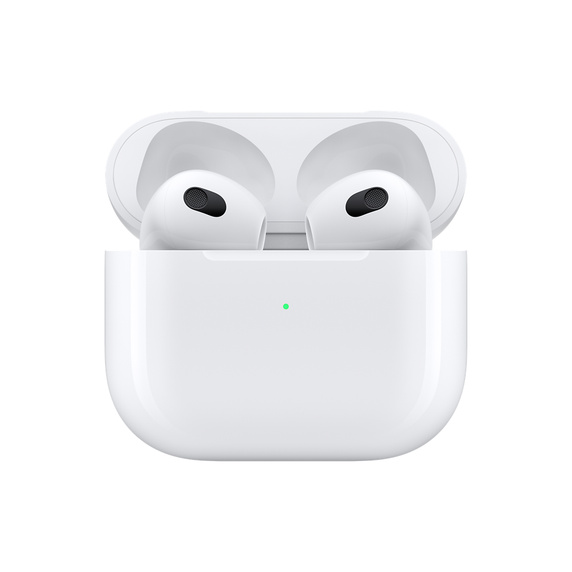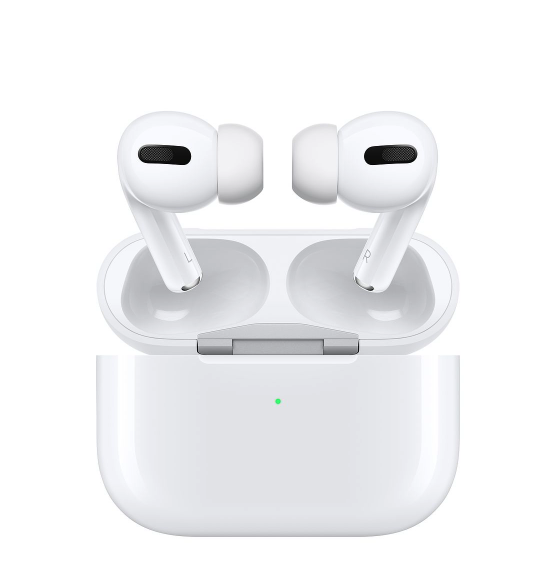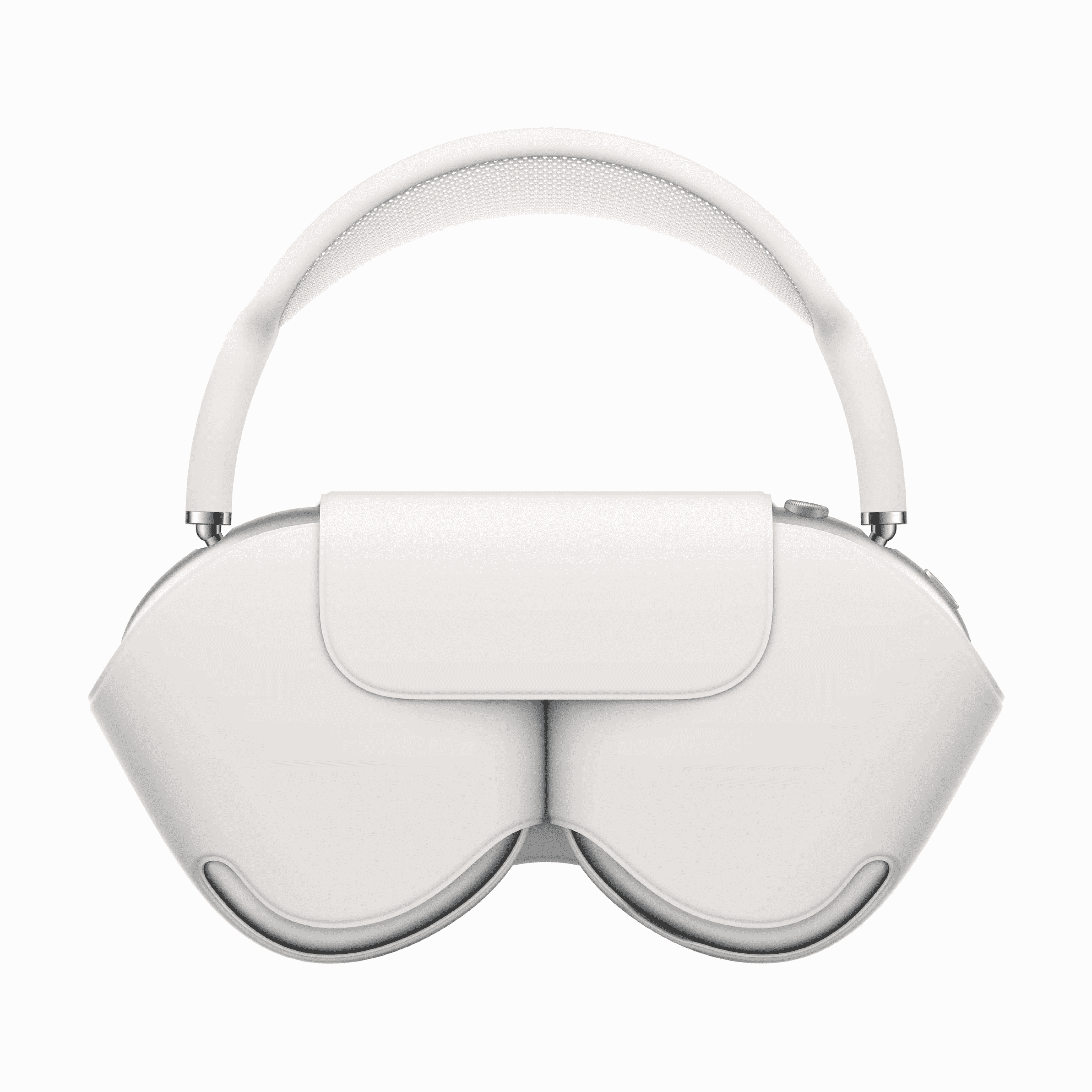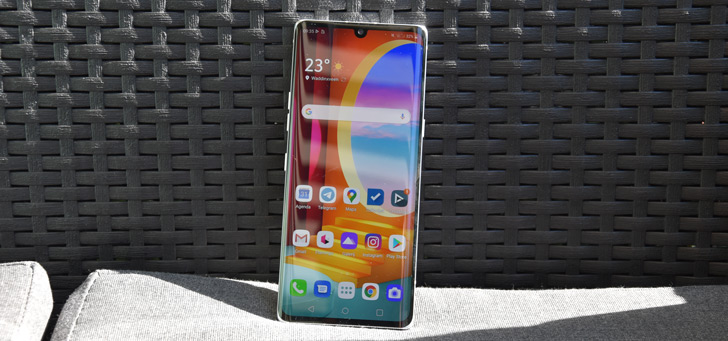How does noise reduction work and what is it?
What is the difference between active noise canceling and passive noise cancellation? How does this interesting technique actually work? And why would you buy more expensive headphones with this noise cancellation? In this article we explain everything about noise reduction.
Read on after the ad.
Contents
- 1 All about noise reduction
- 2 Active Noise Canceling vs Passive Noise Canceling
- 3 Different types of noise reduction
- 4 When and why do you need noise reduction?
- 5 What disadvantages does noise reduction have?
- 6 How do I turn off noise cancellation?
- 7 We recommend these noise-canceling headsets (and here’s what to watch out for)
All about noise reduction
Have you always been curious about how noise cancellation works in your AirPods? And what exactly is it? In this article, we answer all your questions and explain all the important differences before you buy a headset with this noise-cancelling technique. Are you reading along?
Active Noise Canceling vs Passive Noise Canceling
Passive noise reduction actually works very simply. The better your earphones fit into your auricle, the better passive noise cancellation you have. This isolation of your ear is also called sound blocking and is, apart from design choices, not very physical or technical. With this form of noise suppression, you can still hear ambient noise to some extent. Of in ear-ears and about earheadphones, the passive noise cancellation is best. on earheadphones are the least likely to seal your ears and are therefore more likely to have a sound leak.
Active noise cancellation is not about the design or how close the device is to (or in) your ear, but there is a physical principle behind it. Electronic signals (almost) filter out unwanted ambient noise. Headphones with active noise canceling use this physical principle.
How does active noise cancellation work?
The headphones and earplugs that have noise canceling do this via particularly compact microphones. These are placed on the outside of the device and absorb all the ambient noise around the ears. Sound consists (as you may know) of waves. Scientists and developers have discovered that if you emit the exact opposite of a sound wave, the wave is ‘flattened’, as it were.
The scientific term for this is ‘decreasing the amplitude of the wave’, but actually in sound this is the same as decreasing the volume. If you perfect this, as in the very best noise-cancelling headphones, both sound signals can completely cancel each other out and the suppression of ambient noise works best. This also means that you will notice noise reduction, but not hear it.
Of course, the actual physical principle is a bit more nuanced. It’s not a simple matter of recording a sound and inverting it on its own axis. This process must also match the battery power and processing power of the headset in question. But you kind of get it now.

Different types of noise reduction
We just explained active noise canceling. But did you know that there are also several applications of noise reduction? The most commonly used type, which we have explained above, is the noise suppression with an active counter-noise. These are eventually, after the elimination of ambient noise, no longer audible.
‘Noise-masking’, on the other hand, creates an audible sound to isolate you from the outside world. Where noise canceling prevents monotonous, often low, (hum) sounds, ‘noise masking’ adds this. This feature within the noise-cancelling sciences works better against your partner’s snores or your neighbors’ hammering at six in the morning. Take a good look at which form of noise reduction works best for you before you purchase the noise-canceling earphones!

A third way of noise canceling is a so-called transparency mode. You will find this in the AirPods Pro and the AirPods Max, but also in other headset brands under a different name. The transparency mode allows sound from outside, so that you hear it when an ambient sound exceeds a certain threshold (and you have to notice it). The Sony LinkBuds are the first wireless headphones to fully embrace this principle.

When and why do you need noise reduction?
Noise canceling, in any shape and size, is theoretically perfect for most people. Everyone has tried to fall asleep while someone is snoring in the same room. Noise reduction can also be very useful for concentration in the office and study. Music purists who are on the road a lot and who just want to enjoy music also benefit enormously from noise canceling.

The technology can also be extremely useful in the medical-psychological field. People who are hypersensitive to stimuli or have an autistic spectrum disorder can shut themselves off from the hectic world with noise-canceling headphones and live a more pleasant life in this way. People with tinnitus (ringing in the ears) can in theory also be helped by these types of headphones or earphones, with the noise masking.
Although noise cancellation may make some people nauseous, the technology is not harmful to your hearing. However, some users do have a sensitive vestibular system. This can then be disturbed by the noise reduction and make them nauseous. Noise cancellation therefore does not lead to hearing damage, as long as you use it at a normal, acceptable volume, just like music and podcasts.
What disadvantages does noise reduction have?
Because the technology behind active noise cancellation is still relatively new, and is only now in most headphones, they are also more expensive than headphones without this noise cancellation. The word ‘active’ also means that they consume a lot of power, and therefore require a relatively large battery. To provide the earphones or headphones with this larger battery, they are often heavier than headphones without active noise reduction.

Also, as mentioned before, they can make some people nauseous. We strongly advise against using these earphones in traffic. If the noise reduction works well in the headset, you really won’t hear anything except your music or podcast. So you don’t notice (police) sirens or speeding cars. This is not necessarily a disadvantage, since the option can often be turned off.

How do I turn off noise cancellation?
It is useful to turn this handy function off every now and then. First, you quickly get used to the effect. If you turn noise cancellation off every now and then, it seems like a miracle again when you turn it back on. But there’s a much better reason; if you have a very long journey and keep listening to music all the way, turn the noise cancellation off every now and then, if it is quiet in your area. In this way, the battery of the noise-cancelling earphones lasts longer.
You can switch between the different types of noise canceling directly from your AirPods Pro or AirPods Max with the noise control button. With this button you can even turn the function off completely. Would you rather do it via your iPhone? Then go to ‘Settings>Bluetooth’ and tap the blue ‘i’ next to the connected device. Here you set the noise reduction.

With the Apple Watch it’s even easier: Tap the AirPlay symbol when you’re listening to music. Then set it up here. For products that are not from Apple, you often also have a separate app from the manufacturer itself, where you turn the function on or off.
We recommend these noise-canceling headsets (and here’s what to watch out for)
We recommend buying earplugs or headphones with a long-lasting battery. With a battery life of 20 hours, you should be able to last for a long time. Most earbuds, unlike headphones, also have a storage case that can charge the earbuds. So if you want to enjoy noise canceling for a very long time, choose earplugs. We have already listed the best five wireless earbuds with noise cancellation for you in an earlier article! Here you will not only find the AirPods Pro from Apple, but also earphones from Beats and Sony, among others.

Headphones that over-ear are often more comfortable than earphones. It must be quite a coincidence if your earpiece fits exactly nicely in your auricle. Of course they supply all kinds of rubber caps to make the fit as good as possible, but with headphones you are always good. On top of that you also have free ear muffs for the winter. Apple has released one noise-canceling headset: the AirPods Max. However, this one is on the pricey side.



